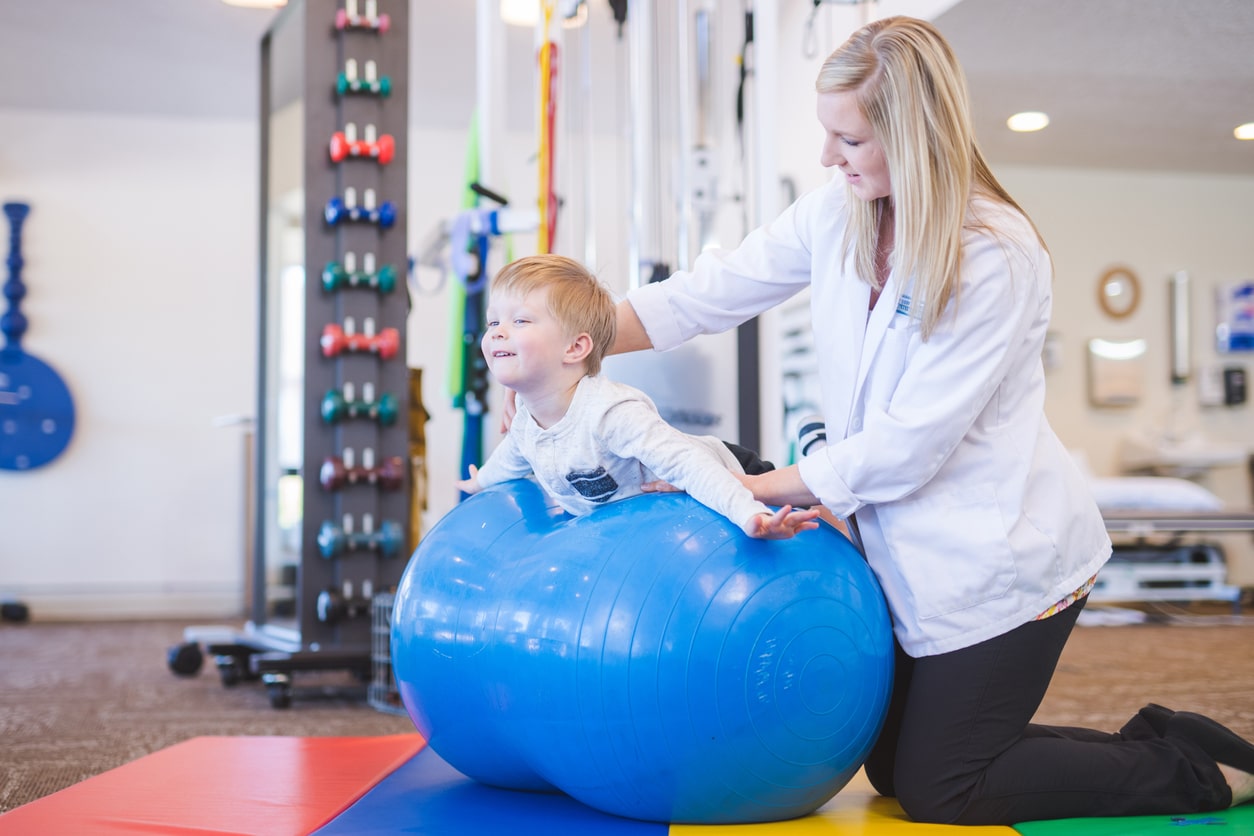Exploring the Impact of Hands-on Treatment Techniques on Reducing Muscle and Joint Pain and Improving Patient Results
Exploring the Impact of Hands-on Treatment Techniques on Reducing Muscle and Joint Pain and Improving Patient Results
Blog Article
Hands-on therapy techniques are manual approaches used by healthcare providers to address muscle and joint pain. Such methods include different types of adjustment and mobilization of the human muscles and joints. The objective of hands-on therapy is to alleviate pain, improve mobility, and enhance overall performance. Many individuals suffer from musculoskeletal discomfort due to trauma, poor posture, or disorders like arthritis. By using hands-on therapy, therapists aim to address these concerns and help patients recover their quality of living.
One frequent manual therapy technique is spinal adjustment. This method involves using precise pressure to the vertebral column to enhance alignment and reduce pain. Research has shown that vertebral adjustment can be effective in treating lower back discomfort and cervical discomfort. Another method is gentle connective tissue mobilization, which focuses on relieving tightness in the muscles and connective tissues. This can help reduce rigidity and enhance range of motion, making it simpler for clients to navigate without pain. Both methods can be tailored to satisfy the individual requirements of each client, ensuring a custom method to treatment.
In addition to pain relief, manual therapy can enhance client results in multiple aspects. For example, it can boost circulation, which helps deliver nutrients and essential elements to the injured regions of the system. Improved blood flow can also encourage recovery and reduce swelling. Additionally, hands-on therapy can help patients gain better body awareness, which is essential for avoiding subsequent trauma. By comprehending how their physiques move, patients can make more informed choices about their movements and alignment, leading to long-term advantages.
The efficacy of hands-on treatment is often supported by patient feedback. Many patients indicate notable gains in their pain intensity and overall function after receiving care. This favorable reaction can lead to increased motivation for patients to participate in rehabilitative exercise and rehabilitation exercises. When patients feel better, they are much likely to engage in their rehabilitation process, which can further enhance their results. This cooperative method between the provider and the client is essential for achieving lasting outcomes.
In conclusion, manual treatment important source methods play a vital role in alleviating musculoskeletal discomfort and enhancing client outcomes. By using techniques such as vertebral manipulation and soft connective tissue manipulation, healthcare professionals can help clients recover mobility and reduce pain. The advantages of manual therapy go further than immediate pain alleviation, as it also promotes recovery and motivates patients to take an active role in their rehabilitation. As an increasing number of people seek efficient treatments for musculoskeletal concerns, hands-on treatment continues to be an essential choice in the field of healthcare.